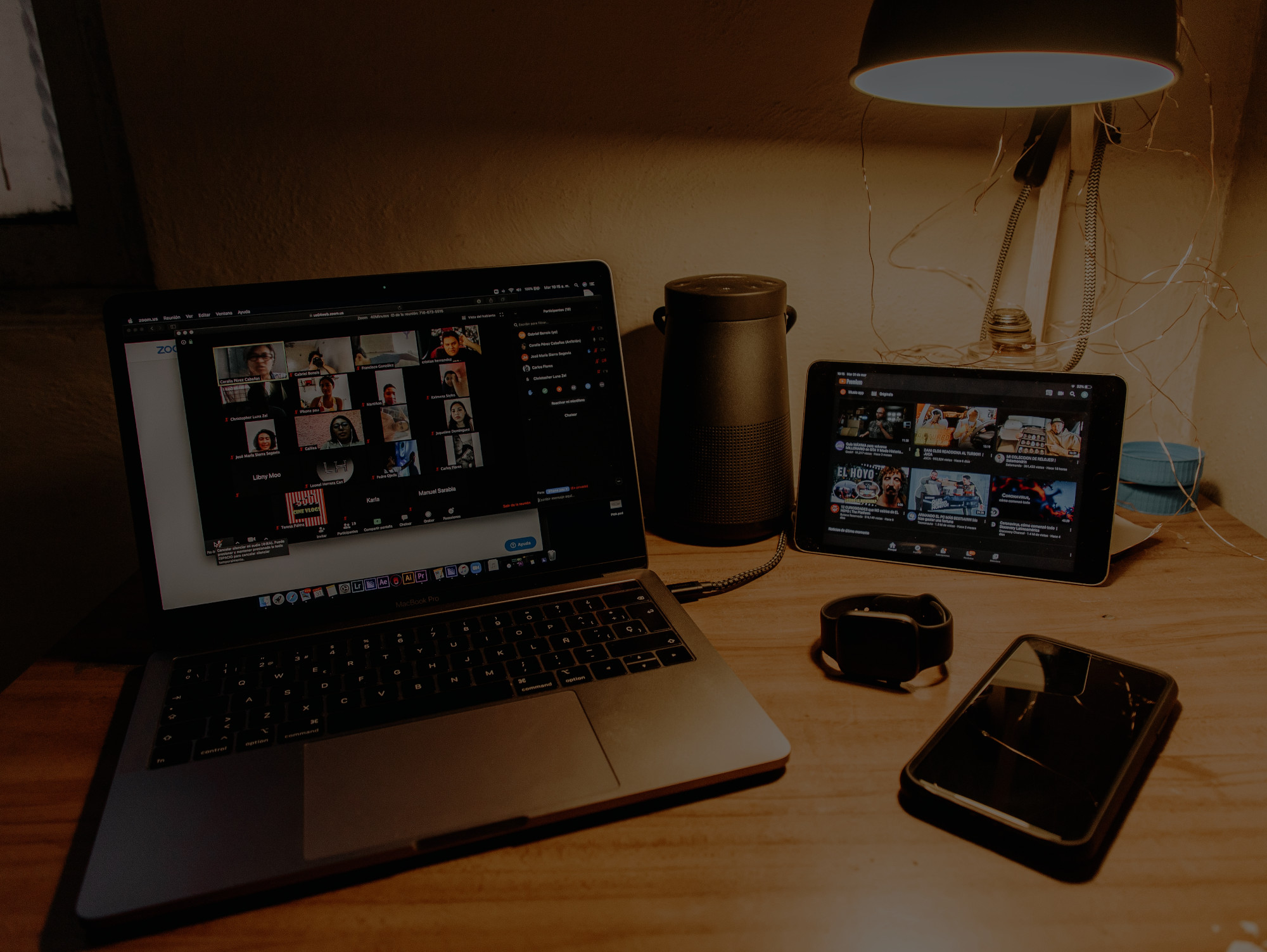Over the past year I’ve coordinated more virtual events than I can count – varying from small and intimate affairs of under 10 people to packed virtual halls of over a hundred. The pandemic brought about many unsettling changes within the communications industry and I remember the cancellation of Mobile World Congress in February 2020 as the point I sat up and realised COVID was more than just a new outbreak of flu.
Now that we finally have a roadmap out of lockdown and can start looking towards a life where events can take place face-to-face, I’m here to say that virtual events shouldn’t be something we leave in the past along with the two-metre rule, home workouts and DIY haircuts.
In 2020 we were simply forced to replace all in-person events with online variations. As – *touches wooden desk* – the pandemic draws to a conclusion, we shouldn’t look to totally revert back and replace everything virtual with exclusively face-to-face, but instead adopt a hybrid model of bringing people together on a continuous basis.
Hosting an event virtually offers attendees more flexibility to fit an invite around their own daily schedule without the need to factor in the logistical rigmarole that comes with travel and registration. Depending on the size they can also be organised with relative short notice as the functionalities of Zoom, Webex, MicrosoftTeams and other video conferencing services remove the difficulty of getting everyone together with just one dial-in link.
Hosting virtual events alongside face to face ones will increase the overall number of events attended, rather than seeing a shift from one format to another. And now that we’ve had the experience of moving large scale conferences online we know it can be done in a robust manner (internet connections permitting!). Perhaps a lesson to take away from communications over the past year was that if anything we didn’t do enough virtual events pre-COVID…
‘Zoom fatigue’ has been a well-documented phenomenon that most of us can relate to, but this will cease to exist as we return to offices and rediscover in-person interactions in the near future. How soon in-person events across the world are brought back will naturally vary depending on the state of COVID transmission and vaccine uptake in countries, but should events need to be virtual a little longer then, well, that’s not necessarily a bad thing. And organisations should not be afraid to integrate them into their plans for the post-COVID era.
If you’re thinking of making virtual events part of your long term communications and networking strategy, here are a few quick things I’ve learnt over the past year:
- Redefine what you consider ‘short notice’. The vast majority of people aren’t in back to back meetings five days a week so if they have an hour spare and your event fits into their schedule (and is of interest…) they will likely make the time
- Avoid Mondays. It’s the first day after the weekend – we’re all settling into the working week, preparing to-do lists, catching up with colleagues and attending team meetings. Play it safe and choose any other day for the best chance of uptake and coordinating a smooth event.
- Is this even a good idea? Coordinating a successful event hinges upon several pre-determined expectations. Are you looking for a certain number of attendees? Does the value lie in getting some key messages out into the public domain? Is it just about boosting brand awareness to a specific audience? Having clear parameters for what success looks like and what you hope to achieve should help you make an informed choice as to whether hosting one in the first place is even a good idea.
If you want to hear more, or discuss your experiences of virtual events, drop me a message on LinkedIn.
